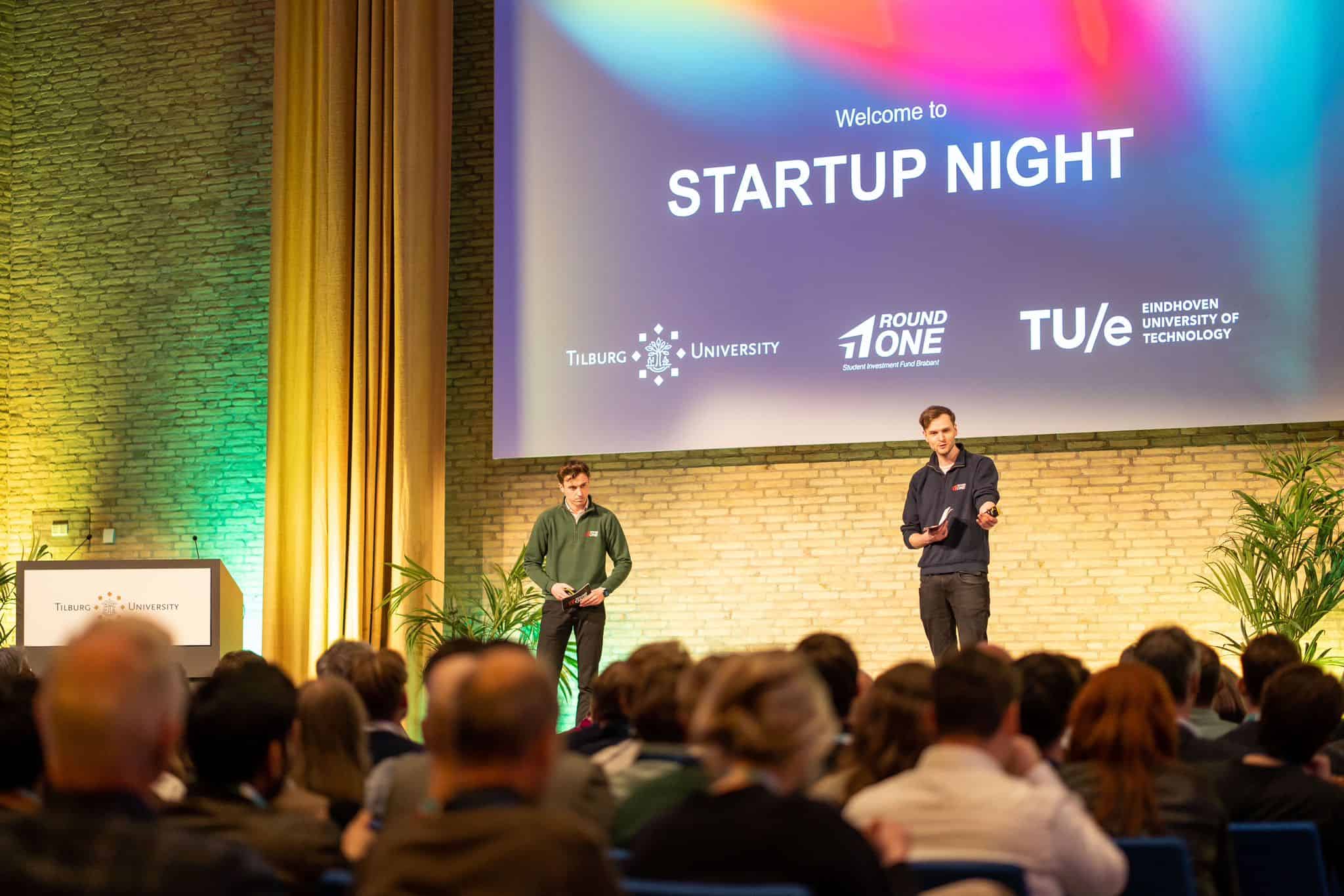
This week and next, Innovation Origins will focus on the increasing influence of wireless communication in society by means of data traffic using electromagnetic waves with increasingly higher frequencies such as 5G.
Wireless communication is actually a very strange term. People – and animals – have been communicating wirelessly with each other since prehistoric times. And we’re not talking about burning wood to send smoke signals that Native Americans used to send to a tribe in another location, or by playing drums like one African tribe does to send a message to the other. No, wireless communication is what people always do when they talk to each other. After all, there is no wire between two faces at a short distance from one other. You can understand each other like that, even if, as is usual in times of corona, there is about a meter and a half distance between you and the other person.
What we mean by wireless communication these days is that we can talk to each other via countless invisible electromagnetic waves. These are sent through the air from a transmitter in a base station to a receiver, in the form of a mobile phone or another device, that can receive the signal and convert it into information.
Infinite possibilities
Nowadays we’re used to being able to organize everything from home. From a computer, cell phone or iPad we can make video calls, watch movies, send messages, call Australia for free via Whatsapp from the Netherlands or Germany, and so on. The possibilities that digitization has brought us seem to be infinite. And maybe they are.
However, the technology used by every generation of mobile telephony – and which is increasingly turning into mobile data communication – does have its limits. For example, the spectrum for the radio frequencies we use for fourth generation wireless communication is saturated. The technology used for this is called – not surprisingly – 4G. There are so many people and machines using these 4G frequencies that there are blockages in the network that slow down or weaken the signals reaching the receivers.
For this reason, a next generation is in the making, called 5G, which will enable us to communicate even more data via even higher radio frequencies in the coming years. And when the limits of that are reached, we will get 6G, which will make use of even higher frequencies and even visible light that will allow us to surf the internet via a lamp that we will have to sit under.
Spill signs via the ocean
Developments are so rapid that we hardly realize where we came from. Let’s go back there for a moment. The first wireless communication that really went a long way was invented in the nineteenth century by Marconi. He managed to send a radio wave of a very low frequency (less than 50 kilohertz) from England to the United States. He shot the wave beyond the horizon up into the ionosphere, which bounced the wave back down by reflection, after which the surface of the sea sent it up again, and so on. The messages he could send with this were in Morse Code and had to be intercepted by someone sitting on the other side of the line who wrote down and decoded the messages. This method of communicating, given the facilities we are currently used to, would now be considered primitive.
After that, it took a long time before we got mobile telephony as we know it now. In the eighties of the last century, mobile telephony for car phones became available for the first time. That system is seen as ‘1G’, the first generation for wireless communication. But its range was limited. Only people who could afford such a car phone or who needed it professionally had access to it.
Car phones
There was not enough space on the frequency band to recruit many subscribers, says Jean-Paul Linnartz, a professor at the Eindhoven University of Technology in the Netherlands who specializes in signal processing systems. “That’s why for a while there was talk of using the band for TV broadcasts.” The TV signal would then have to come into the houses via cables, allowing the antennas to come off the roof. But that didn’t happen.

In the meantime, work was being done on 2G, which beginning in the 1990s enabled the first mobile phones that could be used by the masses. Around 2000 came 3G, which also allowed consumers to use the Internet. Ten years later came 4G, which unleashed a true digital revolution as this wider, faster frequency band enabled the use of smartphones. People started streaming, sending, making and watching videos en masse. They still made phone calls with it, but the extra features took over from the home computer.
From that moment on, there was no way back for the digitization of society. We now must go to 5G, because we are approaching the limits of 4G, says Linnartz. No one can deny that this is the case.
No turning back
It isn’t just consumers of smartphones that want to send and receive massive amounts of data. All kinds of devices indoors and outdoors do the same, sometimes on behalf of governments or businesses, but also for private citizens. Think of the camera that some people install in and on their homes to view and monitor digitally when they’re not there. The more people, companies and devices do that, the busier it gets on the frequency band for 4G.
And as if that were not enough: We now communicate all the time about things we didn’t before. If you ordered a parcel in the past, you knew it would be at the post office or delivered to you three days later. Now, after placing an order, you are constantly receiving messages about the location of the parcel, that it has been sent, that it will take another day for it to arrive, that it will take another hour for it to arrive, and even that you have received it after delivery. This also results in extra data traffic, traffic that occurs for every single parcel that is sent, at a time when online ordering has skyrocketed. So 5G is coming, and after 5G comes 6G – there is no escaping that fact. You can bet on it.
Power over civilians through data
The question now is: Does the digital revolution only bring us benefits? Trendwatcher Rob Creemers is concerned, for example, about the power that companies and governments have over data that reveal what ordinary citizens like you and me are doing all day long. At what point does the convenience of this knowledge turn into total control of society, as is happening in China? That is a very difficult question to which there is currently no answer.
Limits on data use?
The same goes for fighting terrorism, which has been a priority since the attack on the Twin Towers in New York on September 11, 2001. As long as governments and companies handle that data responsibly, they are a help. But if a regime created by democratic elections does not handle it responsibly, the question is: What then?
We need to become familiar with the new digital products and possibilities they offer the world. “We have to learn how to make good use of them,” says Linnartz, “but also how, at the same time, we sometimes have to set limits on them.
Read other articles about 5G via this link.








